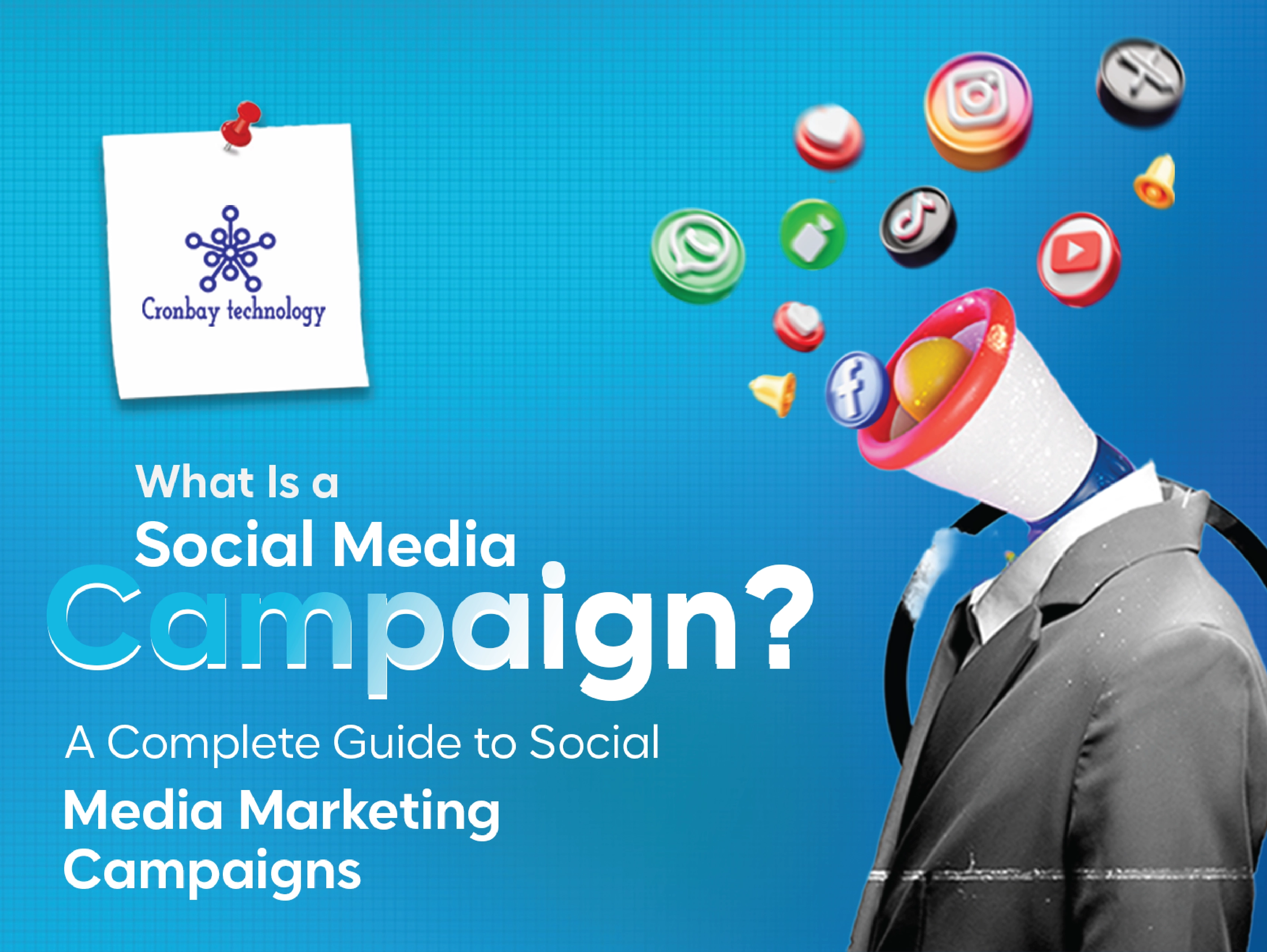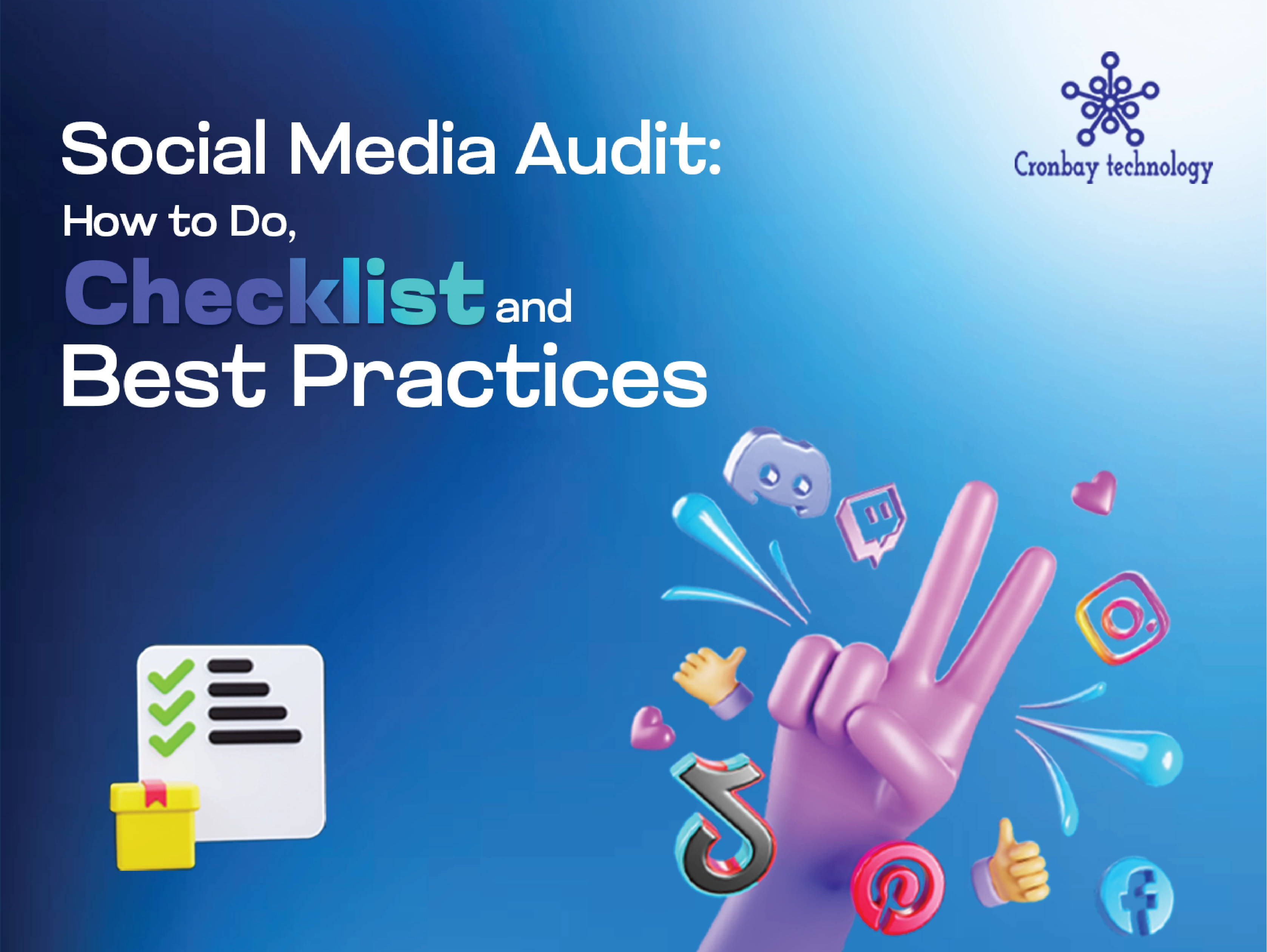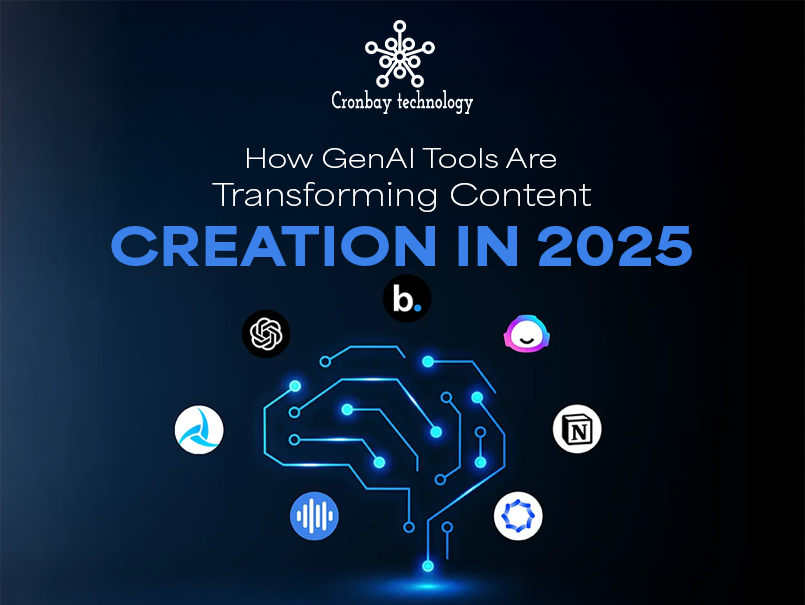If you run an online company or website and aren't getting high conversion rates or a lot of visitors, you may as well give up now. You need to run a battery of comprehensive, sophisticated a/b tests on your website before you launch it to the public.
This will guarantee the functioning of your website once the user begins interacting with it. It's for this reason why a/b testing and split testing are so popular among marketers. Many people consider a/b testing and split testing to be the same, but only a select few are aware of the subtle distinction between the two.
Is AB testing the same as split testing?
A/B testing, also known as b test, is a method in which two or more variations of a website's parts, such as web pages, page elements, and others, are put through their paces to see which one performs best. Users are then given access to these various iterations. By doing so, you may choose a winning variant while setting the others aside.
This informs business data, such as which version is more popular with users and improves customer satisfaction. Split testing, also known as bucket testing, involves evaluating variations of a single web page, usually the landing page, against one another.
With its assistance, you may determine which variant of your website performs better, leading to higher conversion rates. Split testing, in contrast to a/b testing, randomly assigns visitors to each of many versions, allowing you to compare and contrast their performance to determine which one is more successful.
Benefits of A/B Split Testing For B2B
As we've already said, a/b testing is fantastic for illuminating the peculiarities of your target market's purchasing habits and preferences. In addition, a/b testing for B2B is a low-risk strategy with excellent return on investment.
A/B tests provide a wide range of advantages for your business-to-business marketing and sales initiatives. Companies place a great value on AB Split Testing for B2B.
Increases the Conversion Rate
You may try out different strategies using a/b split testing for B2B. You may use it to determine which of many possible permutations of your marketing and sales materials is the most effective.
Variations in placement, anchor text, advertising, calls to action, themes, and even button color may all be tested. By repeatedly implementing small changes and collecting data, your team can determine which version resonates most with your target audience
In the end, these procedures aid in pinpointing the primary conversion drivers. Naturally, this aids in raising conversion rates over time and improving the overall user experience.
Discourages Shoppers from Leaving Their Carts Behind
For business-to-business online stores, cart abandonment is a common issue. It's estimated that between 40 and 75 percent of B2B website visitors will abandon their carts before making a purchase.
However, a/b split testing for B2B enterprises greatly decreases this tendency, often known as "abandonment rate." You may learn what kind of product images, delivery options, deals, and discounts are most appealing to buyers by conducting a/b tests, which can significantly improve your conversion funnel.
Boosts Interest in Online Content
Determining where to focus your primary outreach efforts is greatly aided by knowing how many individuals regularly visit your website.
You may discover what combinations of blog posts, articles, downloads, e-books, etc., bring in the most visitors by trying them out. In the long run, you may expect more visitors to your website and improved user engagement by using a/b testing for your B2B marketing and sales efforts.
This can lead to better lead generation and customer acquisition.
How to Conduct A/B Testing
Now that you have a basic understanding of a/b split testing for B2B, you can begin applying it in your company. Let's examine the conditions under which an experiment might provide an intangible outcome. In the next section,
We will also examine a few cases and discuss how to use ab testing tools effectively.
Pick the Test Variable
For successful B2B a/b testing, you must establish well-defined experimental conditions. Perhaps, but it's not a good idea to test many variables simultaneously.
Multiple variables may be tested simultaneously, but it might be difficult to determine which one led to the best results. The bottom line is that you shouldn't test all of the variables at once if you have to. Confusion and wrong conclusions may be avoided with careful test planning.
Have a Plan of Action
Obviously, without forethought and well-defined objectives, very nothing of significance occurs in life. This is true even while conducting B2B a/b testing. After settling on a candidate variable, the first iteration must be assessed.
If you were doing a landing page a/b test, the current version of the page would be referred to as "Version A." On the other side, "Version B" is the other landing page option. In order to proceed with full-scale testing, it is important to have this difference well established.
Give it enough time
A/B testing requires you to be patient and allow your experiment enough time to get usable findings and valid data. Unfortunately, there is no quick solution.
You need to let your split tests go on for a good long while so that you can compile a sizable sample size. It is exceedingly difficult, if not impossible, to statistically distinguish between the outcomes of the two variants if you don't do this.
The test duration should be long enough to achieve statistical significance.
You Should Act On The Test Results
After deciding on the optimal or most effective variant, you must quantify your findings via calculation and statistical analysis. This is a big deal, anyhow.
Having done so, you may judge whether or not the findings of your test are significant enough to necessitate a change in your digital marketing strategy.
Set the Measures of Success
Again, your efforts will benefit greatly by having a well-defined goal in mind for the testing. Once you have collected all of your data for the test, you may determine the relevance of your findings.
Since CEOs usually put in a lot of time and energy into their testing, even a little improvement is often seen as a win. Of course, this is a bad situation.
In other words, know from the get-go what you need to do before you can consider the project a success. The conversion rate is the most important indicator of success or failure, along with other metrics like click-through rate and bounce rate.
Contrast the Two Options at Once
Successful a/b testing requires the use of high-quality a/b testing tools. However, it is important to assess a system that can suit your testing conditions, and requiring assessing a system that can suit your testing conditions and requirements depending on your specific needs is important for keying and outreach initiatives.
Various factors have a role, such as the day of the week, month of the year, time of day, season, and holidays.
Final Thoughts
After reading this article, you should feel prepared to do A/B split testing for B2B marketing and sales. The bare minimum is that your team is prepared to initiate and conduct tests with a few parameters.
In any event, a well-maintained database is essential to the success of this strategy, just as it is with any other kind of marketing. Professional data solutions and services are often helpful for B2B organizations that wish to do split testing. If you need the help of professionals, click here and book the appointment today.
Frequently Asked Questions
1. How often should I do split testing?
Ans. Multiple points of view exist on this issue. You should continually be testing and improving your site. Make sure each a/b test focuses on a specific goal and will improve the site's usability for your customers and your business. Rethink your testing approach if you find that many of your tests are yielding just little benefits.
2. What do you need to begin split testing?
Ans. Using a program specifically designed for conducting a/b testing is the recommended method. Content Experiments is a free option within Google Analytics for those who don't mind tinkering with a little code. There are also many other ab testing tools available that can help you get started





